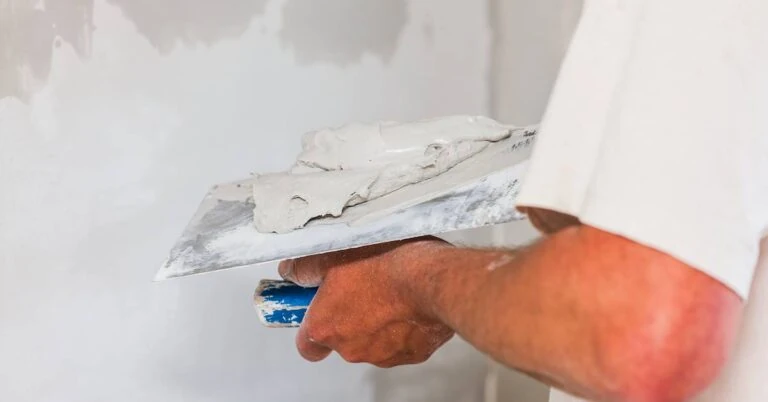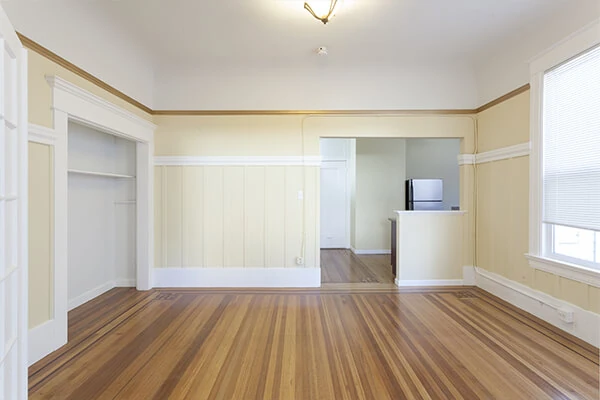Home Decorating Tips


Revamping unappealing and dull walls and ceilings can seem like a difficult task, but there are some techniques that may help you turn things around.
For cases like these, industry experts can recommend plastering or skimming to get the job done. Although these techniques are usually compared to each other, they may actually have something in common.
What industry experts refer to as “plastering” is actually an umbrella term for various techniques that a plasterer or someone knowledgeable in handling and applying plaster for construction projects would know. Under this umbrella term is “skimming” or application of a skim coat, which is actually considered a part of the plastering process.
However, there are some differences between plastering and skimming, and understanding them can have an impact on your project. Take note of what separates plastering versus applying skim coats apart and how you can use these techniques to your advantage.
Is Skimming Better Than Plastering?
The answer to this question may depend on the age of the structure you are working on. One key difference between plastering and skimming is that the former is done on a new structure, while the latter is often executed on an old surface or building.
Regardless of the type of structure you will be working with, it is advisable to ask an industry expert who has done either or both of these processes in the past. If this is your first time applying a skim coat or plaster on walls or ceilings, an expert can help you understand the product that may be suitable for your surface and how you should proceed with this task to prevent any setbacks.
Plaster Versus Skim Coat: Uses and Benefits
Plastering involves the application of a product with a similar name (plaster) onto rough and uneven surfaces. Oftentimes though, plastering is recommended for masonry applications since this step may help protect the surface against elements of nature.
Plaster application helps fill in gaps or cracks between bricks and improves the structure’s stability.
Plaster is usually made with lime or cement concrete, sand, and water. However, some forms of plaster available in the market may contain additional materials or substances that help deliver the following capabilities:
- Coloring
- Heat insulation
- Water repellent
- Dehumidification
- Fireproofing
- Waterproofing
Plaster also has an aesthetic purpose, since it can also contain certain substances or dyes. Once these are applied onto masonry, plaster can provide the surface(s) with some color prior to paint application.
Meanwhile, a skim coat is a thin layer of diluted joint compound (not plaster!) that is applied on the surface of walls or ceilings via a paint roller, spray rig, or by hand. This thin layer is smoothened out with a drywall knife or trowel. Also called a level-five drywall finish, the application of a skim coat may help:
- Form flat and uniform surfaces on walls and ceilings
- Promote easier painting, priming, or retexturing, especially if surfaces need to be repaired
- Provide a new “canvas” for outdated, dull-looking, and/or unappealing wall or ceiling surfaces
- Revamp dull-looking walls
Industry experts note that applying a skim coat can be a complicated and challenging task, especially for newbies. One wrong move or technique can negatively affect the outcome or even worsen it.
Choose These Top-Notch Products for Your Plaster, Skim Coat Needs
Whether you’re opting for plaster or skim coat, these products from Island Paints may help you get the job done:
-
Island Paints’ Island 300C Patching Compound: This water-based patching compound may be used to fill in dents, hairline cracks, joints, corners, and edges on concrete, wood, and cement plaster. Island Paints’ Island 300C Patching Compound provides good adhesion and filling capabilities, and delivers a highly elastic film.
Application of this patching compound can be done with a putty knife. Let this product dry for one (1) to two (2) hours to touch and overnight to recoat.
-
Island Super Kinis Skim Coat White: This polymer-modified, cement-based compound can be utilized for exterior and interior plaster and patching applications on concrete and gypsum surfaces. Island Super Kinis Skim Coat White has fast-setting abilities, excellent bonding strength, adequate filling properties, and good hydrophobicity (water resistance).
This cost-effective skim coat helps deliver a smooth finish, covers up uneven surfaces, and works for decorative finishes.
Plus, it is easy to apply and sand, bonds well to concrete, is resistant to shrinkage cracking compared to ordinary apuro cement plaster, provides good water vapor permeability, and works for overhead application as it is a non-sagging substance. To use Island Super Kinis Skim Coat White, follow these steps:
- Clean the surface and get rid of dust, dirt, oil, grease, and other contaminants on it.
- Prepare the skim coat by combining 20 kg. (one bag) of the product with 7.0 to 7.5 liters of clean tap water. Mix the two substances thoroughly until a soft, creamy paste is formed. Remember that the open time for the substance is six (6) to 10 minutes.
- Dampen the surface you will work on.
- Apply a layer of the skim coat using a putty knife or masonry float. Wait for the skim coat to set for three (3) to four (4) hours.
- You can apply a second coat to increase the thickness of the surface. Just make sure to wait for the first layer of skim coat to dry for one (1) hour before proceeding with the next layer. Experts recommend that you apply at least two layers of skim coat for a smooth and consistent surface.
- Once the skim coat has dried, lightly sand the surface with fine-grit sandpaper.
Lastly, once you are done using any of these products, make sure to tightly seal the containers and keep them in an area that is not above 35 degrees Celsius. As always, avoid disposing of said products with your household’s garbage. Always follow government guidelines when throwing away plaster or skim coats.
Whether you will be opting for plaster or skim coat, make sure you are prepared for this step. Ready to tackle it once and for all? With Island Premium Paints, you can! Learn more about the importance of either of these products for your next projects, as well as other construction or home decorating tips!
References:
https://parsonash.co.uk/know-the-difference-between-plastering-and-skimming/
https://www.familyhandyman.com/article/skim-coat/
https://www.oreilly.com/library/view/basic-civil-engineering/9788131729885/xhtml/chapter021.xhtml
https://www.ermetika.com/en/blog/plaster-types-and-functions-in-the-building-world/
https://www.quotatis.co.uk/advice/projects/plastering-ceilings/know-difference-plastering-skimming/ https://www.thespruce.com/how-to-skim-coat-walls-5116693
Our Products
Our line of high quality paints and products will give your home or project the vibrancy it needs.
Explore Colors
Ready to explore colorful possibiliies today? View our popular paint colo combination palettes for great color schemes and room design ideas for interior and exteriors.



